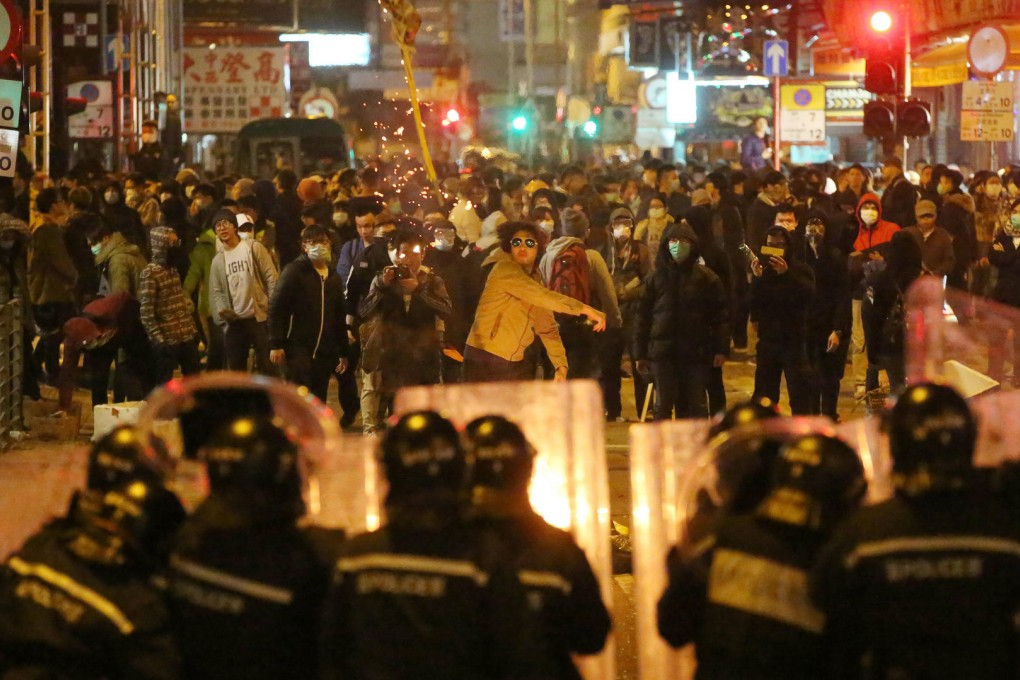Then & Now | Mong Kok fish-ball riots point to deeper problems, like the 1966 unrest in Hong Kong
Much like the recent mayhem in Mong Kok, the 1966 riots pointed to a much deeper problem, writes Jason Wordie

Almost as soon as the bricks stopped flying at the lamentable Lunar New Year’s Eve Mong Kok riot, bitter accusations and counter-accusations started. Most thinking observers can agree on only one thing; ultimately, this nasty flare-up wasn’t about a hawker-control exercise aimed at illegal curried-fish ball stalls.
Likewise, the April 1966 Star Ferry riots weren’t – in the final analysis – about an increase in fares. During that upheaval, one person was killed, dozens were injured, some 1,800 people were arrested and – in several days of high drama spread across Kowloon – the British Army was called out to patrol the streets in support of the police.

Social tensions in Hong Kong, then, had been simmering for years. Following catastrophic mainland famines, thousands of people were permitted to surge into Hong Kong in 1962. The already overstretched transport, public housing, health, education and social welfare services were further strained.
Bank runs in 1965 saw the Ming Tak Bank collapse, with massive losses to depositors; a similar run on the Hang Seng Bank ultimately led to its takeover by HSBC. Many ordinary people had their life savings wiped out through internally orchestrated financial services shenanigans; certain interested parties closely involved in those bank runs became even more wealthy.
Far-reaching government decisions were made on behalf of an inward-looking, self-selected coterie of nakedly self-interested business figures, status-hungry toadies to the colonial power and administrative mediocrities whose sense of vision for the society within which they lived seldom extended much beyond their own bloated waistlines. Honorable exceptions existed, but they were few. Corruption was both officially denied and off the graph in scale. Police venality was ubiquitous.
